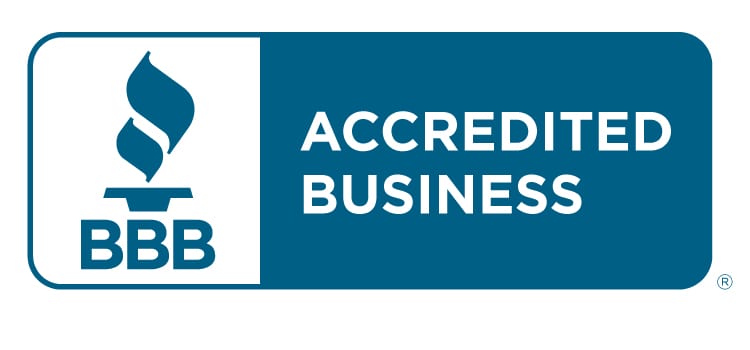
How to Brand Stock Photos
Are you making the most of stock photos?
Branding stock photos can up your image game and help you make stronger connections with your audience. It can also help improve your social posts and build more buzz around your brand — all of which are big wins for your digital marketing efforts.
Branding stock photos is simple. Here’s how to do it, plus four sites to get great free images.
The Basics of a Good Marketing Image
You can communicate a lot with visuals. But if you want to send the right message, you need to put care into choosing images that align with your brand identity and marketing objectives. Elements you should look for when selecting stock photos for your content include:
- Quality. Images should be high-resolution, contemporary, and they should reflect the overall style of your brand.
- Relevance. A well-chosen image should enhance the content it’s accompanying and relate in some way to its subject.
- Branding. You’ll want to have a clear brand strategy related to image use, including rules around style, color palettes, and other notable features of your brand identity.
How to Brand Stock Photos
Branding stock photos allows you to get a custom feel to your images without custom photography. To do it well, stick with your brand colors, and consider using a filter on your stock photos to keep things cohesive.
You can also brand images with other additions, such as adding text or adding a logo. Add rules around image use to your style guide so everyone is on the same page., including guidelines around image quality, colors and content.
Where to Find Free Stock Photos
Need to keep your marketing budget in check? Consider sourcing free stock photos. Here are some good sites to check out:
- Pixabay
- Pexels
- Canva
- Unsplash
Happy photo hunting. For additional support branding your images, get in touch and let’s chat.



